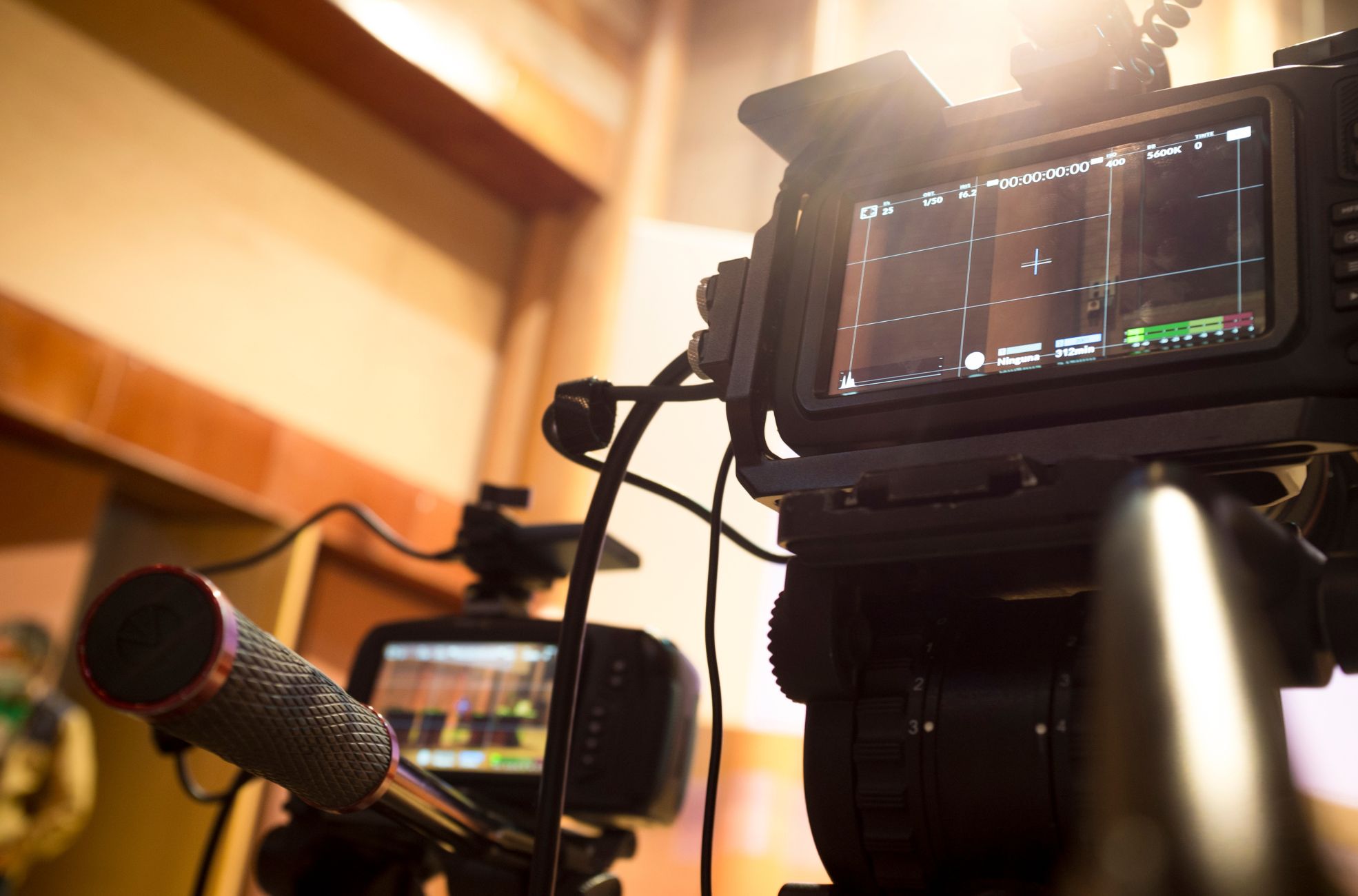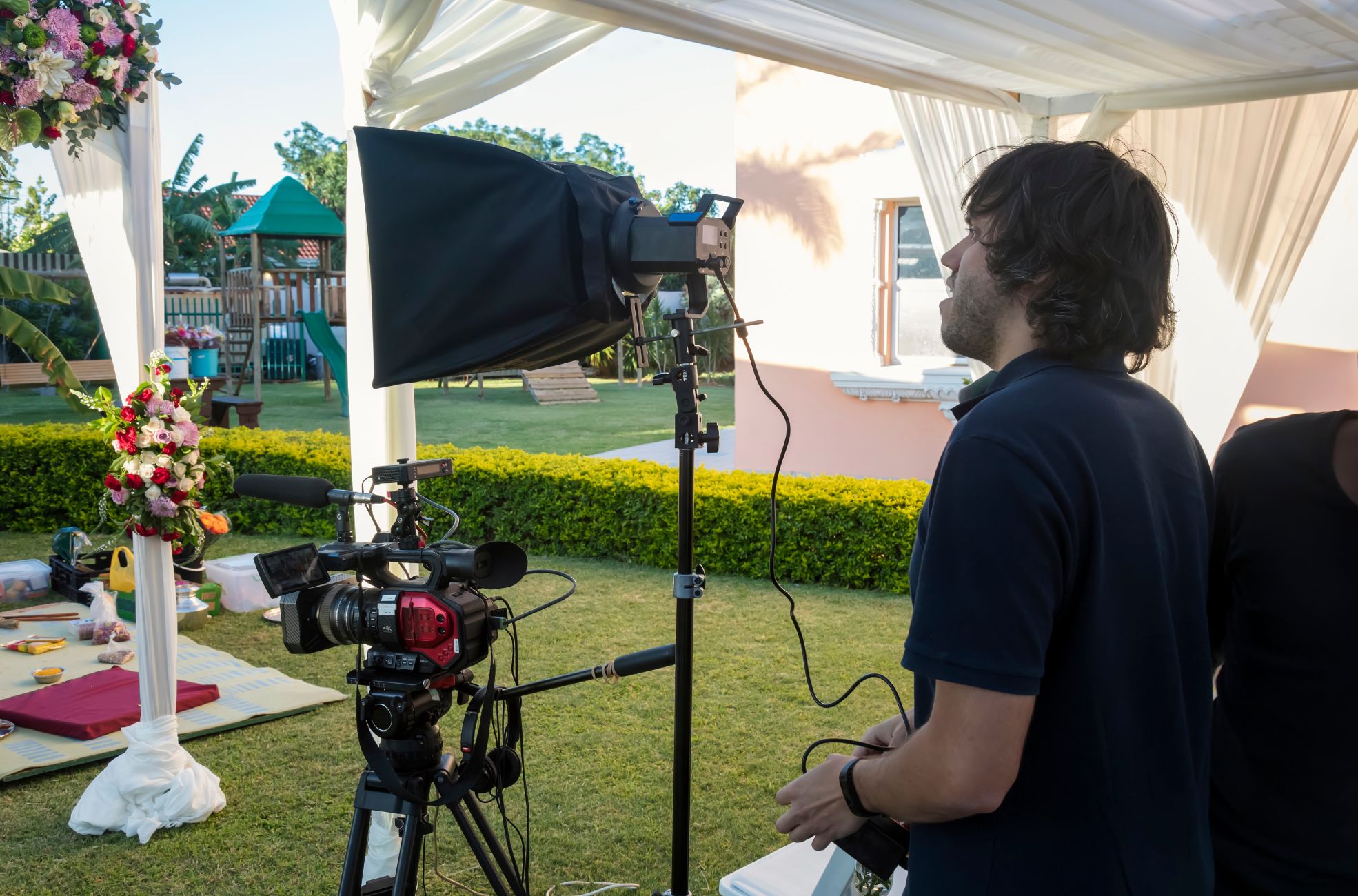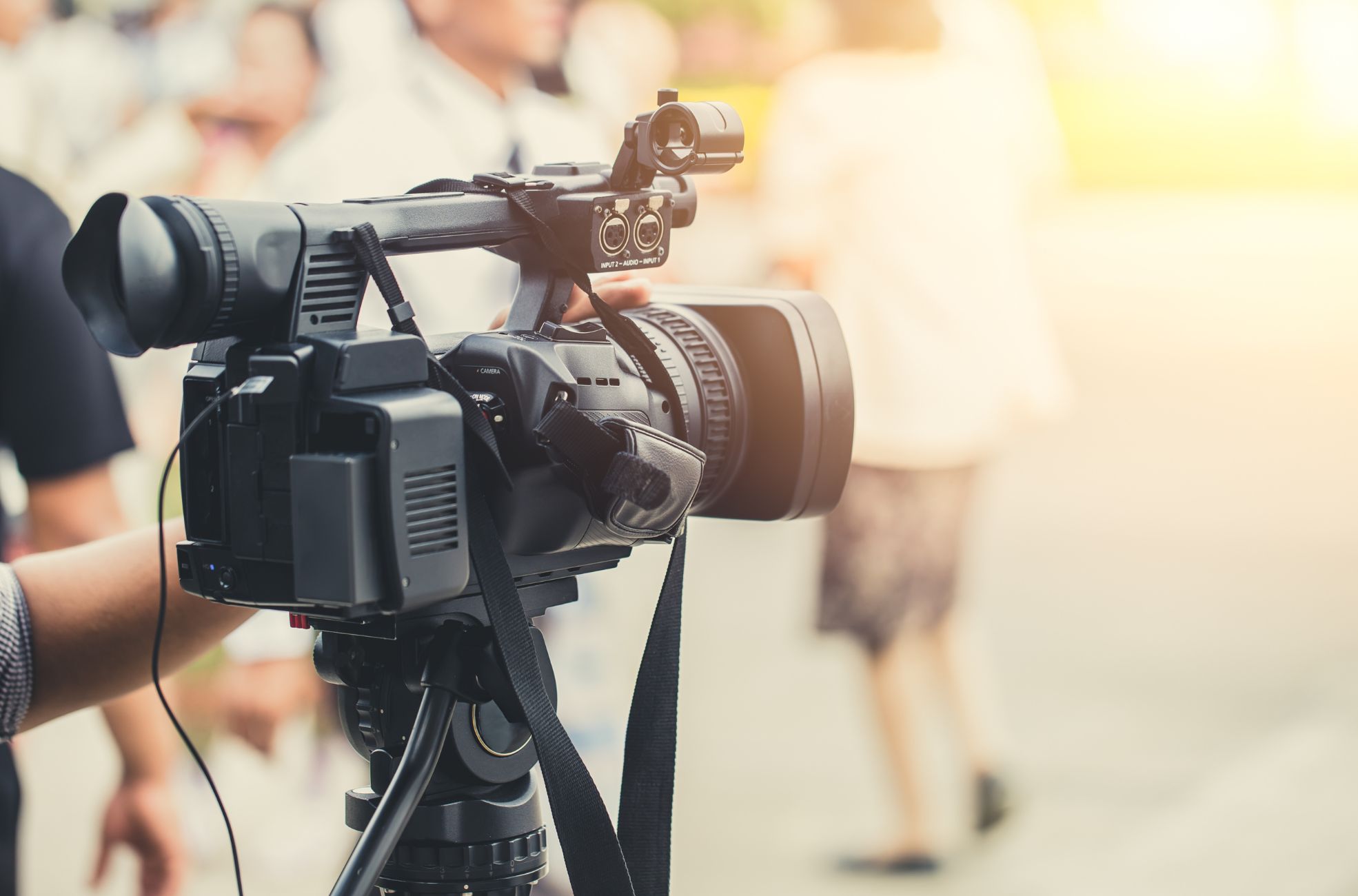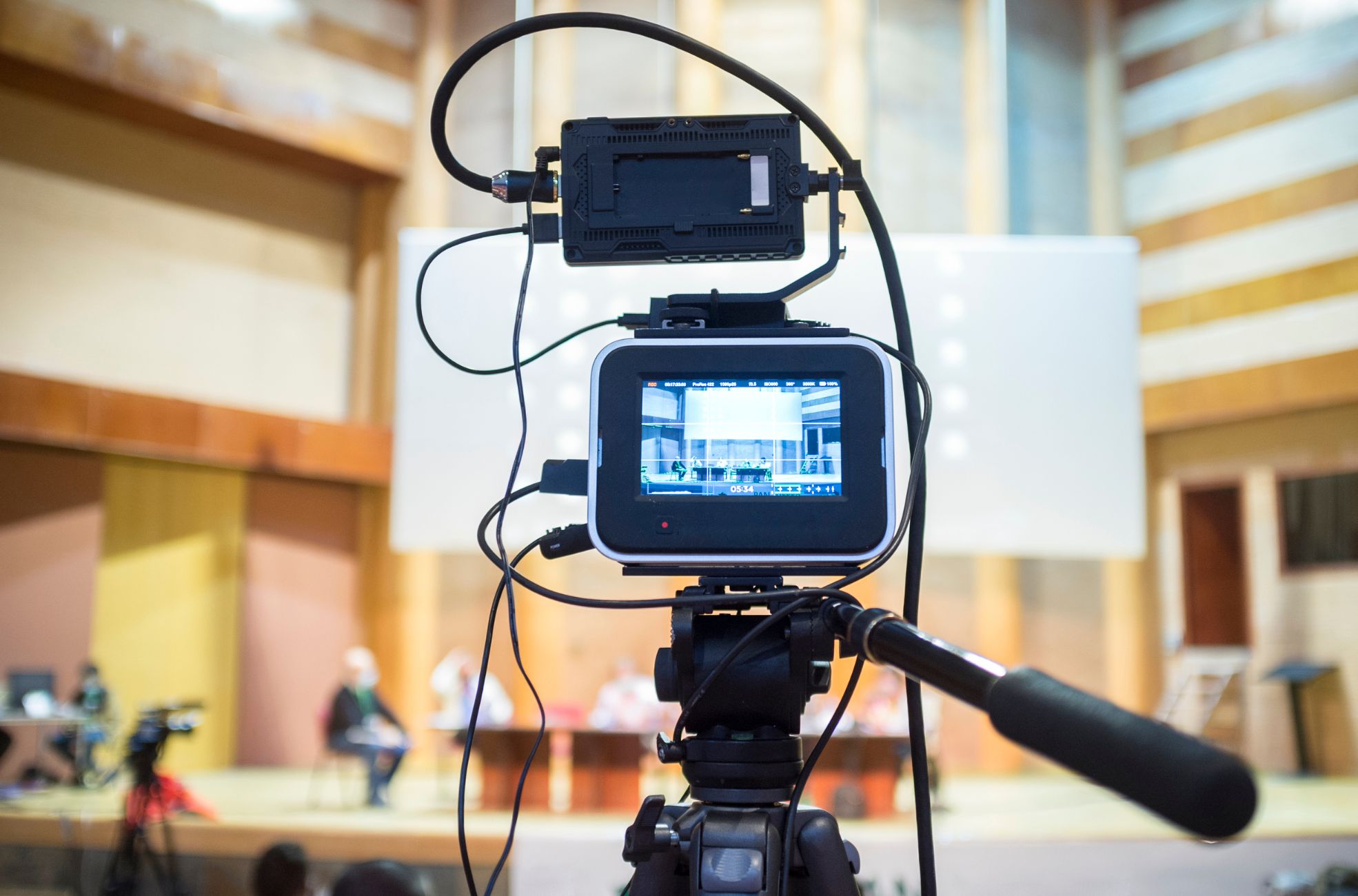Live event streaming has revolutionised how we connect and share experiences, breaking down geographical barriers and inviting global audiences to attend and engage in real-time virtually. Whether you’re hosting a corporate conference, a music festival, or a personal celebration, streaming your event live online can elevate its reach and impact.
However, the process involves more than just hitting the ‘broadcast’ button; it requires careful planning, the right equipment, and understanding your platform’s features. We’ll walk through the essential steps to ensure that your next live stream is seamless, engaging, and memorable.
From platform selection to technical preparation and audience interaction, we’ve got you covered with practical advice for a successful live event streaming experience.
Choosing Your Streaming Platform
When planning to live stream an event, picking the right platform is a key decision that can significantly impact the success of your broadcast. Live streaming platforms are sophisticated video hosting solutions that enable real-time content delivery to audiences online. They cater to a range of needs, from lead generation and brand awareness to advertising and providing paid access to content.
Popular Platforms for Live Streaming
The market offers a wide array of live streaming platforms, each with its own set of features and capabilities. Professional live streaming services are designed to meet the requirements of businesses and organisations. They offer a level of control and customisation that consumer-grade providers can’t match.
For instance, platforms like Dacast provide a comprehensive suite of live streaming and video-on-demand (VOD) services. These platforms are equipped with high-quality streaming solutions, robust content delivery networks (CDNs), and support for a broad range of video encoders.
Evaluating Platform Features and Limitations
When comparing platforms, it’s important to weigh their features against your specific business needs. Considerations include the availability of professional tools, monetisation options, security features, and analytics. A platform that offers adaptive bitrate streaming can automatically adjust the video quality based on the viewer’s internet speed, ensuring a smooth viewing experience without excessive buffering.
Security is another key aspect, as it protects your content from unauthorised access and video piracy. You’ll want to look for platforms that offer secure content delivery. Also, make sure their data privacy policies align with your requirements. Additionally, the ability to monetise your content through integrated paywalls or other tools can be a deciding factor if generating revenue is one of your goals.
Platform-Specific Audience Engagement
Audience engagement is a vital component of live streaming. Different platforms offer various tools to interact with viewers. Features such as live chat, polls, and Q&A sessions can enhance the viewer experience and foster a sense of community. It’s important to choose a platform that not only allows you to broadcast your event but also to engage with your audience in meaningful ways.
Moreover, the level of customer support provided by the platform can be crucial, especially during live events where immediate assistance might be required. Platforms that offer round-the-clock customer support can provide peace of mind, ensuring that any technical issues are promptly addressed.

Preparing Your Event for Live Streaming
Creating a Run Sheet for Your Event
A run sheet is an essential tool for any event organiser, acting as a detailed timeline that outlines the sequence of activities, responsibilities, and key details. It’s the blueprint for your event’s execution, ensuring that every team member knows their tasks and the timing of each element. To put together an effective run sheet, you’ll start by listing all event activities chronologically, specifying the timing, location, and the person responsible for each.
Consider including a ‘Notes’ section for additional details that might be relevant to your team. This document is a dynamic work-in-progress, with several drafts likely needed as the event draws closer. It’s important to share both draft and final versions with the entire team, and you should consider using a shared digital space for easy access.
A well-crafted run sheet not only schedules actions before, during, and after the event but also includes all contact information, doing away with the scramble for phone numbers or details during the event. The more complex the event, the more detailed the run sheet needs to be. It should cover everything from production cues to transitions and talking points.
Technical Rehearsals and Checks
Conducting technical rehearsals is a critical step in preparing for a live streamed event. These rehearsals help you smooth out technical difficulties and ensure all participants are comfortable with the technology. Involving your event organiser, production team, and host in these rehearsals is essential, as they’ll be crucial in managing the live event.
During the rehearsal, you’ll want to test your chosen streaming platform’s key functions and features, such as chat settings, screen sharing, and event views. If you plan to use features like polls or breakout sessions, schedule and test these as well. Check that the internet connection is reliable and that rehearsals are conducted in the same location and with the same equipment that’ll be used during the event.
You’ll need to educate speakers and presenters on the technology they’ll be using and run through their presentations to ensure they’re confident and their delivery is optimised for the live stream. Microphones and cameras should be muted or turned off when not in use. Any notes should be positioned close to the camera to maintain eye contact with the virtual audience.
You should also have an emergency plan in place to tackle any unforeseen issues that may pop up.
Coordinating with Speakers and Presenters
Effective communication with speakers and presenters is key to a seamless event. By providing a detailed timetable and preview of the event, you’ll want to tackle potential challenges such as schedule conflicts, technical issues, or a lack of contact information early on. This includes discussion topics, activities, and the structure of Q&A sessions.
Make sure that all speakers are clear on their roles and responsibilities. Handle any payments and invoices promptly to maintain professionalism and motivation. Using tools to streamline these processes can be especially helpful when dealing with a large number of speakers or a complex event structure.
Setting Rules for Audience Interaction
Establishing clear guidelines for audience interaction during a live streamed event is crucial for maintaining order and ensuring a positive experience for everyone involved. You’ll want to customise your virtual event settings to control the level of interaction, such as adjusting chat settings and screen share permissions.
Designate a team member to act as an attendee during rehearsals to test interactive features like Q&As and chats. This will help you spot any potential issues that could disrupt the event’s flow. By setting these rules in advance and communicating them effectively to your audience, you can create an engaging and interactive environment while avoiding confusion or technical difficulties during the live stream.

Essential Equipment and Setup
Cameras and Mounting Options
Selecting an appropriate camera is pivotal for the quality of your live stream. Standard resolutions such as 720p or 1080p are available, but 2k or 4k resolutions can provide even greater detail, enhancing the viewing experience.
Consider frame rate, with options like 30 fps or 60 fps, to ensure fluid video playback. Opt for cameras with larger sensors and wider apertures for events in low-light conditions to capture more light.
Mounting solutions should be secure and adaptable, whether you’re using a stationary tripod or a setup that allows for movement. Features like WiFi or Bluetooth can add convenience in positioning and connecting peripherals.
Audio Equipment for Clear Sound
For audio, a camera’s built-in microphone may be adequate for small settings. In contrast, external microphones are recommended for larger venues or noisy environments.
Options include lapel mics for individual speakers or shotgun microphones for capturing ambient sound. Audio mixers can be crucial for balancing multiple audio inputs and delivering a polished auditory experience to viewers.
Lighting and Background Considerations
Proper lighting is essential for a professional-looking live stream. A three-point lighting setup, which includes a key light, fill light, and backlight, can add depth and soften shadows.
LEDs are favoured for their portability and cost-effectiveness, while ring lights provide a straightforward lighting solution. Adjustable colour temperatures help match the lighting to the environment, with softer tones generally being more flattering.
Backgrounds should be unobtrusive, maintaining focus on the subject. A neutral or branded backdrop can convey professionalism, while an organised setting can add context.
Reliable Internet Connection and Bandwidth Requirements
A stable internet connection is vital, with an Ethernet connection preferred for its reliability. Test the connection at the venue beforehand to confirm its adequacy.
Monitor bandwidth to ensure other activities do not interfere with the stream. Have alternative connectivity options ready, such as tethering to a mobile device.
Bandwidth is crucial, as live streaming requires substantial upload capacity. To accommodate network fluctuations, aim for a bandwidth 1.5 times the stream’s bitrate. Verify that your network can support the cumulative upload demands for broadcasting to multiple platforms.

Engaging Your Audience During the Stream
Incorporating interactive elements such as Q&A sessions and polls can transform a passive viewing experience into an engaging and memorable one.
Interactivity Features (Q&A, Polls)
Interactive elements like Q&A sessions allow the audience to contribute and better understand the event’s content. Selecting the optimal time for these sessions is crucial for encouraging maximum participation. Preparing in advance by considering potential questions and formulating responses can facilitate a smoother interaction.
Establishing guidelines for the session can help maintain a respectful and orderly environment. Initiating the discussion with a few prepared questions can stimulate audience participation. Moderation is crucial to filter questions and keep the conversation on track.
Polls are a quick way to engage viewers. They allow them to express their preferences and opinions, providing immediate feedback and insights.
Monitoring and Moderating Live Chat
Live chat enables attendees to interact with each other and the hosts, creating a community atmosphere. A dedicated team should monitor and moderate the chat to ensure that the conversation remains appropriate and pertinent.
This team can also assist viewers with technical issues, enhancing the overall experience. Encouraging participants to use the chat feature maintains engagement and investment in the event.
Using Multiple Camera Angles
Multiple camera angles can capture the full scope of the event, offering remote viewers a more immersive experience. Maintaining the audio quality is important, as it is fundamental for audience comprehension.

Executing a Successful Live Event Streaming
Live streaming has become integral to connecting with audiences in real-time. It offers a genuine and interactive experience that can humanise a brand or individual. Whether it’s for a corporate event, a wedding, or a charity function, the ability to live stream adds a dynamic element that can engage both present attendees and a wider online audience.
Managing Live Stream Flow and Timing
To ensure a smooth live stream, you’ve got to have a clear plan in place. This involves knowing the content you’re planning to present. Having a structured flow keeps viewer engagement high. It’s not just about turning on a camera; it’s about creating an experience that resonates with viewers.
Timing is also key—you don’t want your live stream to drag on or feel rushed. Scheduling your live stream in advance can help build anticipation and ensure that your audience knows when to tune in.
Platforms like Facebook allow you to schedule live streams, notifying your followers in advance. This can be particularly useful when streaming an event where you want to capture the peak moments of interest.
Seamless Transitions Between Segments
Much like any broadcast, a live stream should have seamless transitions between segments. This keeps the audience engaged and prevents drop-offs in viewership. This could mean transitioning from a speaker to a Q&A session or from one part of an event to another.
It’s important to control the environment to avoid interruptions and ensure that the focus remains on the content. If you’re streaming from a busy event, consider setting aside a dedicated space for the stream to avoid unwanted background noise or interruptions.
Additionally, clear communication with your team is crucial to manage these transitions smoothly. Everyone involved should be aware of the schedule and their roles in executing it.
Contingency Planning for Technical Issues
Despite the best planning, technical issues can arise during a live stream. Therefore, it’s vital to have contingency plans in place to tackle potential problems quickly. This could involve having backup equipment, such as an additional camera or microphone.
It’s also smart to ensure someone is monitoring the feed to address any issues with the stream immediately. It’s also a good idea to have a team member ready to engage with the audience in case of a delay. This maintains the connection and keeps viewers informed.
Remember, anything can happen live. Being prepared to handle unexpected situations professionally can help preserve the integrity of the event and the viewing experience.

Ready, Set, Stream!
Embracing the live streaming evolution ensures your event resonates beyond the confines of location and physical presence. With the right tools and a strategic approach, you can craft an interactive, engaging live stream that will captivate your virtual audience as much as your on-site guests.
From technical preparations to the seamless execution of your event’s highlights, it’s about delivering a polished, professional experience that mirrors the energy of being there in person.
Whether your next event is a corporate seminar, a glitzy wedding, or a heartfelt charity fundraiser, live streaming invites a broader audience to join your story as it unfolds.
Equip your team with the knowledge and readiness to adapt on the fly, and you will not only share your event’s message but also create an inclusive and memorable experience. Now, with these insights in hand, it’s time to go live and leave a lasting impression that will reverberate across screens and hearts alike.







